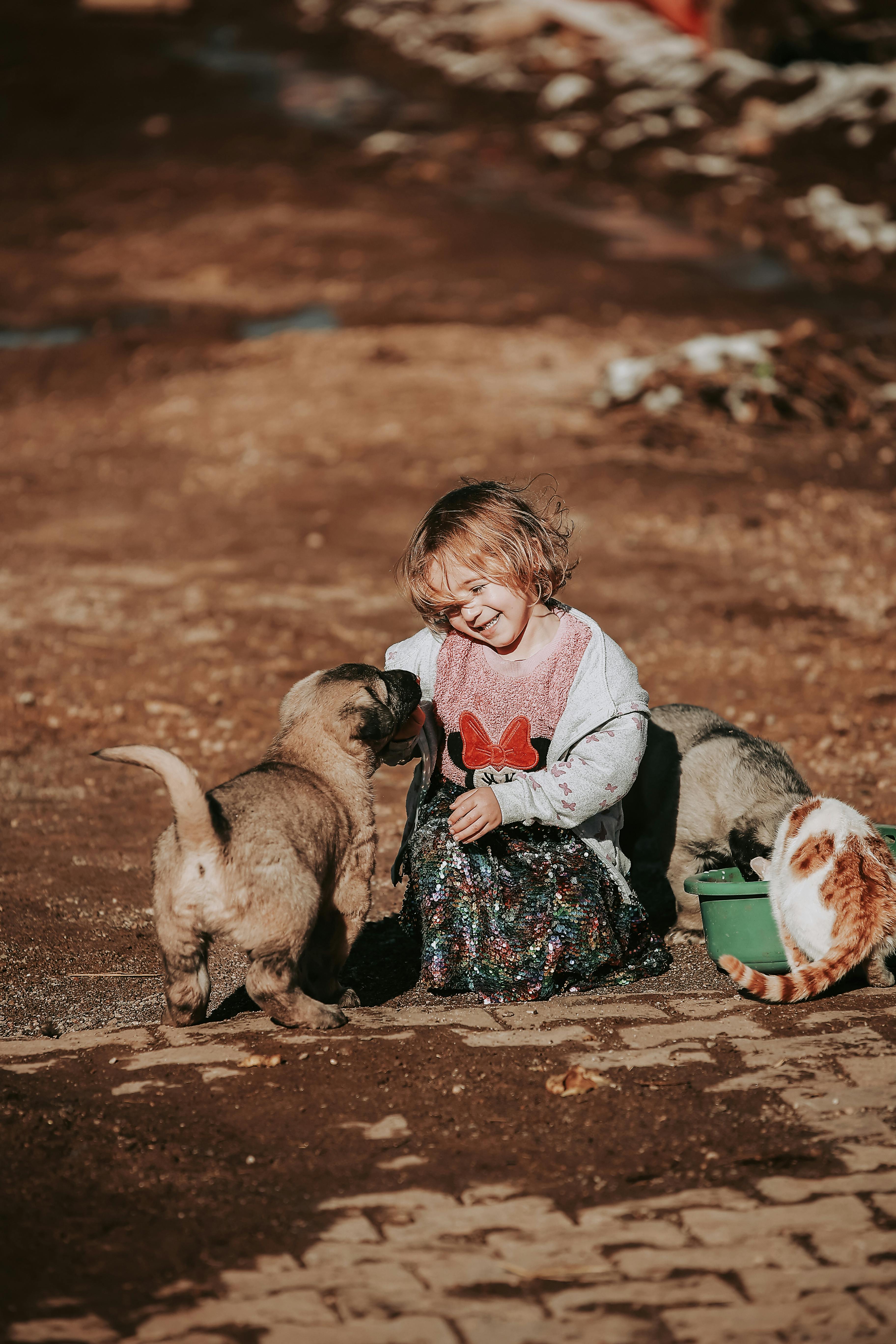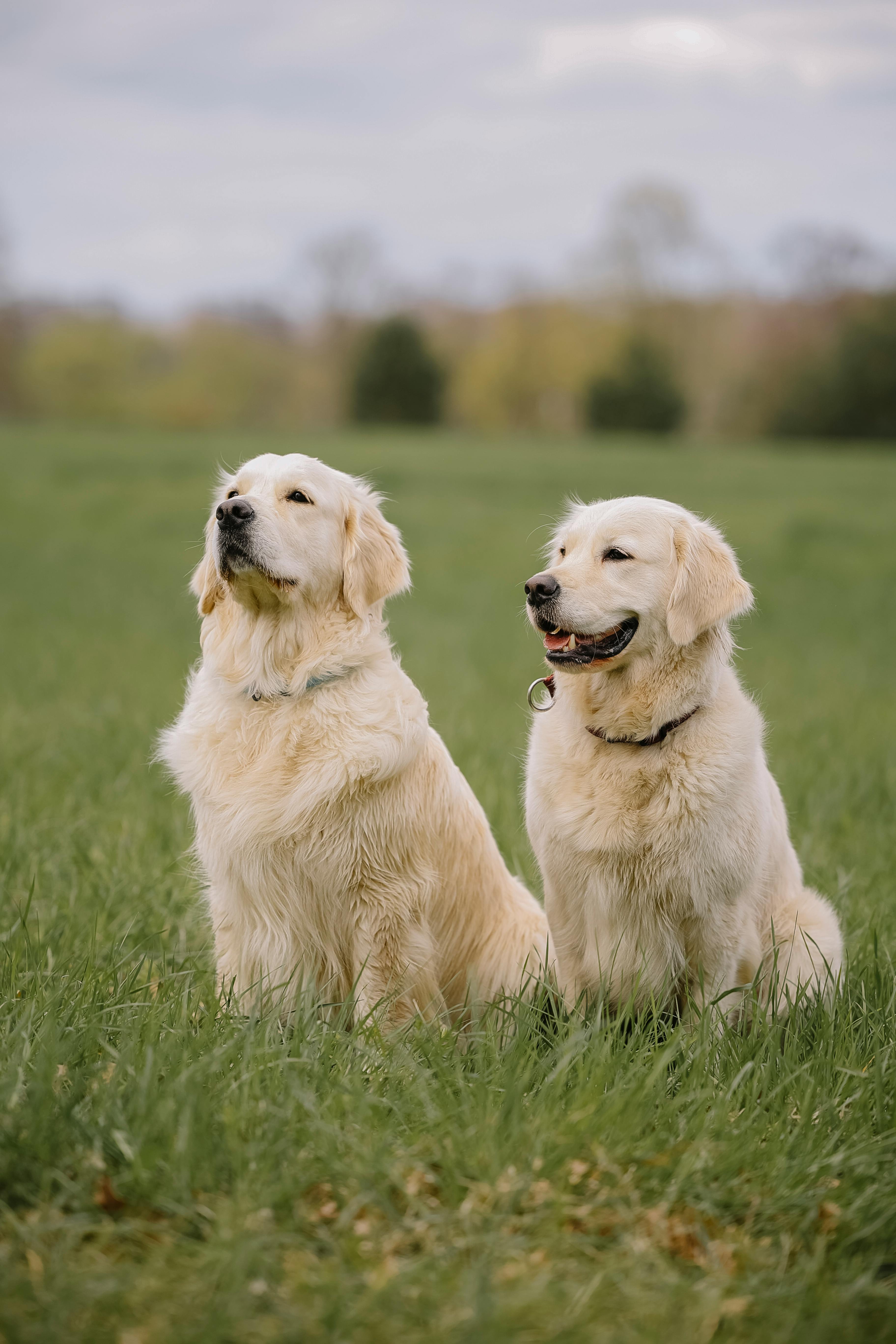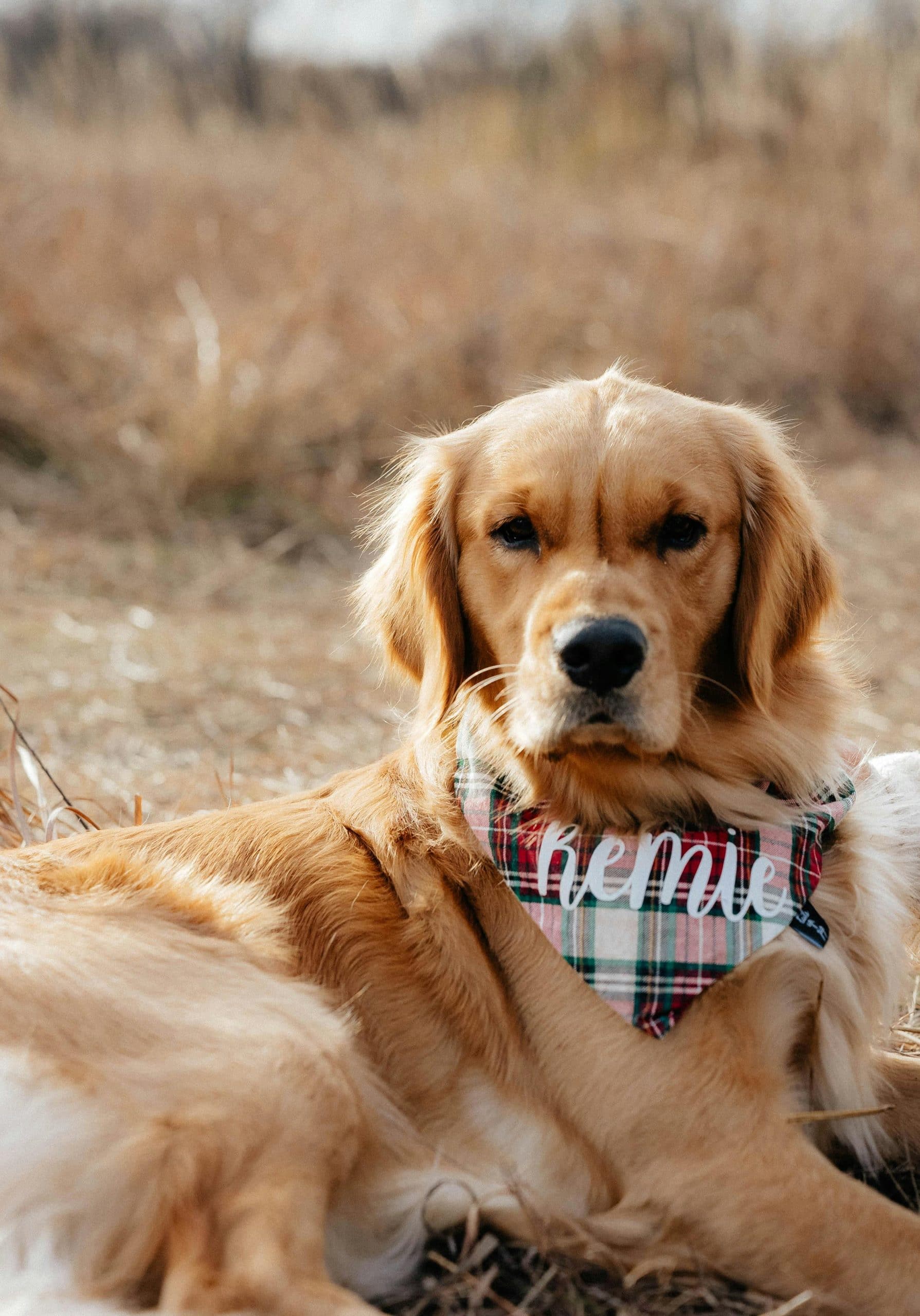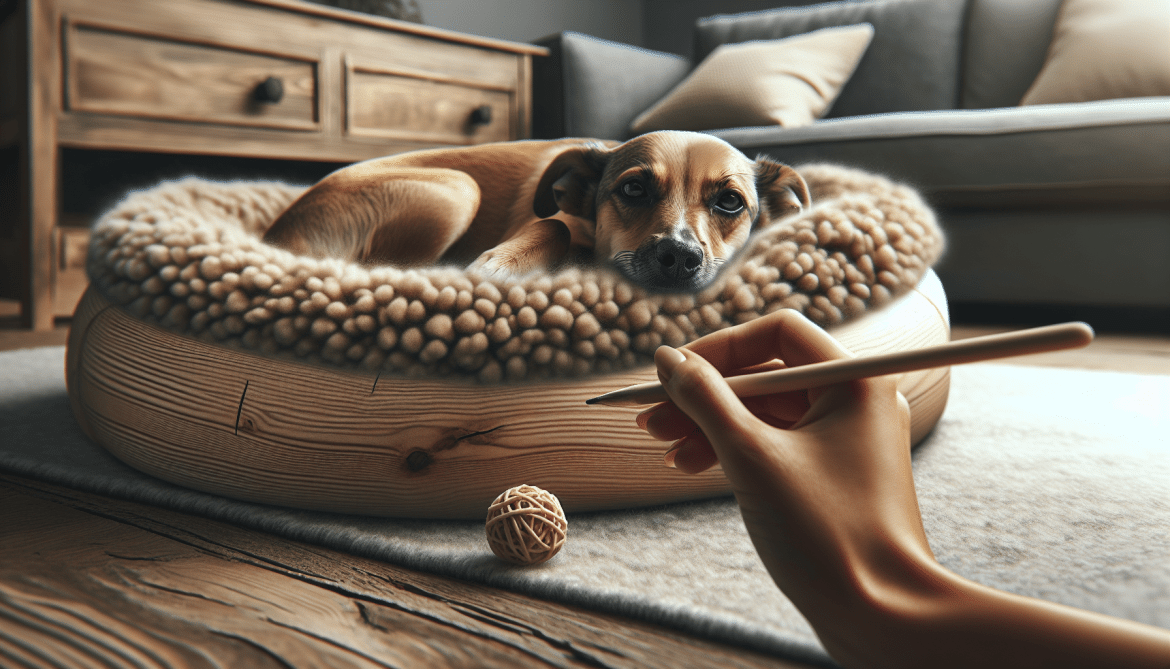Congratulations on adopting a rescue dog! Bringing a furry friend into your home is an exciting and fulfilling experience. However, it is crucial to remember that newly adopted rescue dogs may have had challenging backgrounds and require extra attention and training. In this article, we will provide you with valuable tips to help you navigate the training process and ensure a smooth transition for both you and your new canine companion. So, buckle up and get ready to embark on an incredible journey of love, patience, and understanding as you assist your furry friend in becoming the best version of themselves.
Establish a Routine
Creating a routine is essential for a newly adopted rescue dog to feel secure and comfortable in their new home. By setting a consistent schedule, you provide them with a sense of structure and predictability. Dogs thrive on routine, so try to establish regular times for feeding, exercise, and play.
It is important to provide regular meals to your rescue dog. This helps establish a routine around food and also ensures they are getting the proper nutrition they need. Whether you choose to feed them once or twice a day, stick to a schedule and avoid free-feeding. This will help regulate their digestion and make potty training easier as well.
Establishing a designated potty area is crucial for a rescue dog, especially if they were previously living in a shelter or unfamiliar environment. Take them outside frequently, particularly after meals, naps, or playtime. Pick a spot in your yard where you want them to go, and consistently take them there. Giving them a verbal cue, such as "go potty," can help them associate the area with the desired behavior.
Creating a predictable daily routine goes beyond just meal and potty times. Dogs feel more secure when they know what to expect each day. Set aside time for exercise, mental stimulation, and relaxation. Providing consistent walks, playtime, and quiet time will not only help your rescue dog adjust but also strengthen the bond between you.
Create a Safe Space
A safe space is essential for your newly adopted rescue dog to feel secure and relaxed in their new home. It is important to designate a quiet area where they can retreat to when they need some peace and quiet. This area should be away from high traffic areas and loud noises. It can be a designated room, a corner with a comfortable bed, or even their crate if they feel comfortable in it.
Providing a comfortable bed or crate gives your rescue dog a cozy and secure spot to call their own. Make sure the bed or crate is the appropriate size for their body, allowing them to stretch out and curl up comfortably. You can also add familiar scents like a blanket or toy to further create a sense of security.
Ensuring the space is secure is crucial for the safety of your rescue dog. This includes securing any potential hazards, such as loose electrical cords or toxic plants. Take the time to puppy-proof your home by blocking off areas that are off-limits or using baby gates. Remember, prevention is key when it comes to creating a safe environment for your furry friend.
Avoid overwhelming your rescue dog with too much stimulation, especially in the beginning. They may be adjusting to a new environment and may feel anxious or stressed. Limit the number of visitors and gradually introduce them to new experiences. By providing a calm and low-stress environment, you will help your rescue dog feel more comfortable and secure.

This image is property of images.pexels.com.
Positive Reinforcement
Using positive reinforcement is one of the most effective and humane ways to train your newly adopted rescue dog. It involves rewarding desired behaviors to encourage their repetition and discouraging unwanted behaviors without resorting to punishment or yelling. Positive reinforcement helps build trust and strengthen the bond between you and your furry friend.
Treats and rewards are powerful motivators for dogs. Use small, tasty treats to reward your rescue dog for good behavior. For example, when they sit on command or demonstrate appropriate leash manners, give them a treat as a reward. This positive association will reinforce the desired behavior and encourage them to repeat it.
In addition to treats, praise and petting are excellent forms of positive reinforcement. Dogs thrive on verbal and physical affection from their owners, so be generous with your compliments and gentle strokes. Showering them with praise for their good behavior helps reinforce the idea that they are doing something right and will encourage them to continue behaving well.
Remember to reward desired behaviors promptly. Dogs associate the reward with the action they just performed, so timing is crucial. Reward them immediately after they exhibit the desired behavior, so they understand what they are being praised for. This clear communication will help them learn faster and reinforce positive habits.
Avoid punishment or yelling when training your rescue dog. This can be counterproductive and damage the trust and bond you are trying to build. Negative reinforcement can cause fear and anxiety in your furry friend, leading to more behavioral issues. Instead, focus on positive reinforcement and redirecting unwanted behaviors towards more appropriate alternatives.
Socialization
Socialization is a vital aspect of training for newly adopted rescue dogs. It involves exposing them to different people, animals, and environments in a gradual and controlled manner. Socialization helps them develop confidence, learn appropriate behaviors, and become well-rounded canine citizens.
Introduce your rescue dog to new experiences gradually. Start with low-stress environments and gradually expose them to more challenging situations. For example, begin with quiet walks in your neighborhood before venturing to busier areas or crowded parks. This gradual exposure allows them to acclimate and build positive associations.
Expose your rescue dog to different people, animals, and environments to broaden their socialization. Arrange controlled interactions with other friendly and well-behaved dogs. Supervised playdates or enrolling in obedience classes or socialization groups can provide opportunities for positive interactions and learning from their peers.
Enrolling in obedience classes or socialization groups can be beneficial for both you and your rescue dog. These classes provide structured training and supervised social interactions, allowing your dog to learn important skills while gaining confidence. Additionally, you will receive guidance and support from experienced trainers to address any training challenges.
Encouraging positive interactions with others is key to successful socialization. When introducing your dog to new people, ensure they have calm and positive encounters. Encourage people to offer treats or engage in gentle petting to create positive associations. Gradually increase the level of interaction as your rescue dog becomes more comfortable and relaxed.

This image is property of images.pexels.com.
Basic Obedience Training
Basic obedience training is fundamental for any new dog, including rescue dogs. It lays the foundation for good behavior, establishes clear communication, and fosters a stronger bond between you and your furry companion. Focus on teaching basic commands like sit, stay, and come to ensure their safety and enhance their overall obedience.
Use positive reinforcement techniques when training your rescue dog. Reward them with treats, praise, or petting whenever they perform the desired action correctly. Always make training sessions fun and positive to keep your dog engaged and motivated to learn. Keep in mind that different dogs learn at different paces, so be patient and consistent.
Keep training sessions short and frequent to prevent your rescue dog from becoming overwhelmed or losing interest. Aim for multiple short sessions throughout the day rather than one long session. These shorter sessions allow your dog to stay focused and retain the information better. Gradually increase the difficulty of the exercises as your rescue dog becomes more proficient.
Be patient and consistent with your training efforts. Training a rescue dog can be challenging, especially if they have had previous trauma or neglect. Remember that they may have had different learning experiences before coming into your home. Celebrate small victories along the way to boost both their confidence and your motivation.
Addressing Fear and Anxiety
Many rescue dogs have experienced fear and anxiety, so it is important to address these issues compassionately. Understanding their triggers and working on desensitization can help them overcome their fears and build confidence. However, it is essential to approach this with patience and seek professional guidance if needed.
Identify triggers that cause fear or anxiety in your rescue dog. This can be loud noises, unfamiliar people, or specific situations. Once you have identified these triggers, create a training plan that gradually exposes them to these stimuli in a controlled and positive manner. This helps them learn that there is no need to fear and builds their confidence.
Provide a calm and secure environment for your rescue dog. Create a peaceful retreat where they can relax and feel safe. Avoid exposing them to unnecessary stressors and maintain a consistent routine. Minimize loud noises or sudden movements that may startle them. With time and a secure environment, your dog's anxiety may decrease.
Use relaxation techniques to help your rescue dog manage their fear and anxiety. Massage can be calming and soothing, providing physical and emotional relaxation. Additionally, playing calming music or using white noise can help create a peaceful atmosphere. These techniques can be particularly beneficial during stressful events like thunderstorms or fireworks.
Consult with a professional trainer or behaviorist if your rescue dog's fear and anxiety persist or significantly impact their quality of life. These professionals have the knowledge and experience to develop individualized training plans and provide guidance on managing and overcoming specific fears and anxieties. Seeking their expertise can be invaluable in helping your rescue dog live a happier and more balanced life.

This image is property of images.pexels.com.
Handling Leash and Collar
Introducing your rescue dog to a collar or harness is an essential step in their training. However, it is important to do this gradually, ensuring they associate it with positive experiences. Let them sniff and examine the collar or harness before gently placing it around their neck or body. Offer treats and praise to reinforce the positive association.
Teach your rescue dog to walk on a leash in a controlled environment. Start indoors or in a fenced yard where distractions are minimal. Allow them to explore and move freely while gently guiding them with the leash. Reward them with treats and praise for walking beside you or demonstrating good leash manners.
Teach your rescue dog proper leash manners and behavior. Avoid pulling on the leash and encourage them to walk calmly beside you. Reward them for loose leash walking and ignore any pulling or leash tension. Consistency is key, so practice these manners during every walk to reinforce the desired behavior.
Use positive reinforcement to reward your rescue dog's leash compliance. Give treats, praise, or even short breaks for sniffing whenever they exhibit good leash manners. This positive reinforcement encourages them to continue behaving well and creates positive associations with walking on a leash.
Good Manners and Boundaries
Teaching your rescue dog good manners and boundaries is important for their overall behavior and the harmony of your household. Start by teaching them to wait at doors and gates before entering or exiting. This not only promotes good manners but also prevents escape or door-dashing incidents.
Discourage jumping, excessive barking, or begging from your rescue dog. When they display these behaviors, ignore them and withhold attention until they calm down. Redirect their attention to more appropriate behaviors like sitting or lying down. Consistency is key in discouraging these unwanted behaviors, so ensure that all family members follow the same rules.
Establish boundaries within the house to create a structured and well-balanced environment for your rescue dog. For example, you may decide which areas of the house are off-limits or place baby gates to restrict access to certain rooms. This helps prevent accidents, protects your belongings, and ensures the safety of your furry friend.
Encourage calm behavior from your rescue dog, particularly during quiet times or when guests are present. Teach them to settle in their designated area or on their comfortable bed. Use treats or praise to reward calm behavior and redirect their attention if they start becoming overly excited. With consistent reinforcement, they will learn to be calm and relaxed in various situations.
Exercise and Mental Stimulation
Regular exercise and mental stimulation are crucial for the overall well-being of your rescue dog. The amount and type of exercise will vary depending on their breed, age, and energy level. Consult with your veterinarian to determine an appropriate exercise routine for your furry companion.
Provide regular exercise that is suitable for your dog's breed and energy level. Some dogs require more physical activity than others, so ensure they have opportunities to burn off their excess energy. This can be through daily walks, jogging, playing fetch, or participating in dog sports. A tired dog is often a well-behaved and content dog.
Engage your rescue dog in interactive play or offer puzzle toys to provide mental stimulation. These activities challenge their problem-solving skills and keep their minds active. Hide treats or toys around the house or use interactive feeding toys to make mealtime more engaging. Mental stimulation prevents boredom and can help alleviate destructive behaviors.
Offer mental stimulation through training exercises or scent games. Teaching your rescue dog new tricks or commands keeps their minds engaged and strengthens the bond between you. Scent games, such as hiding treats and letting them search for them, tap into their natural instincts and provide mental stimulation. Mix up their routine to keep them mentally sharp and interested.
Avoid leaving your rescue dog alone for extended periods without any form of mental or physical stimulation. This can lead to boredom, restlessness, and destructive behaviors. Consider enlisting the help of a dog walker or invest in interactive toys to keep them entertained and mentally stimulated while you are away.
Patience and Consistency
Training a newly adopted rescue dog requires patience and consistency. Remember that they may have had different experiences before coming into your home, and it may take time for them to adjust and learn. Stay committed to their training journey, even in the face of setbacks, and celebrate the small victories along the way.
Understand that training takes time, and progress may not always be linear. Some days your rescue dog may learn quickly, while other days they may seem to regress. Stay patient and persistent, and focus on building a strong foundation and positive relationship with them. Trust that with time, they will grow and learn at their own pace.
Be consistent with rules and expectations for your rescue dog. Use the same commands, cues, and rewards consistently to avoid confusion. Set clear boundaries and establish routines to provide structure and stability. Dogs thrive on consistency, and it helps them understand what is expected of them.
Show patience when encountering setbacks or challenges. Dogs, especially rescue dogs, may have ingrained behaviors or fears that take time to overcome. Use positive reinforcement, redirecting unwanted behaviors, and seek professional guidance if needed. Remember that your patience and support are vital in helping your rescue dog succeed.
Celebrate small victories along the way. Whether it's mastering a basic command, overcoming a fear, or displaying improved behavior, acknowledge and reward their progress. Positive reinforcement and recognition go a long way in motivating and encouraging your rescue dog to continue learning and growing. Together, you can build a strong and lasting bond.


